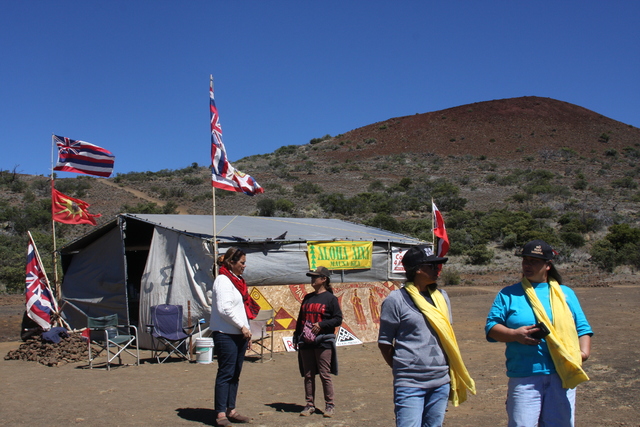HONOLULU — The nonprofit organization that wants to build a giant telescope atop a Hawaii mountain has selected another site in case it can’t be built on land many Native Hawaiians consider sacred. ADVERTISING HONOLULU — The nonprofit organization that
HONOLULU — The nonprofit organization that wants to build a giant telescope atop a Hawaii mountain has selected another site in case it can’t be built on land many Native Hawaiians consider sacred.
A mountain in the Canary Islands, Spain, is the primary alternative to Hawaii, Thirty Meter Telescope officials announced Monday.
The TMT International Observatory Board of Governors met last week to discuss the project’s progress in Hawaii and identified Observatorio del Roque de los Muchachos on La Palma island “after careful deliberation,” board chair Henry Yang said in a statement.
Hawaii’s Mauna Kea is still the preferred location, Yang said, adding that telescope officials will forge ahead in efforts to obtain a permit to build it on conservation land.
The project is stalled in Hawaii amid intense protests by Native Hawaiians and others who cite the sacredness of the land and other issues for their opposition. The state Supreme Court last year invalidated the project’s permit, ruling that the state land board’s approval process was flawed. The ruling sent the matter back for a new contested-case hearing.
The hearings have been moving slowly since they started on Oct. 20 after various delays.
Telescope officials earlier this year decided to start looking at other sites for the $1.4 billion project. They also considered high mountains in Chile, India, China and Mexico.
Observatorio del Roque de los Muchachos is on the edge of the Caldera de Taburiente National Park, about 7,800 feet above sea level.
Telescope officials selected Mauna Kea over Chile’s Cerro Armazones mountain in 2009. Astronomers prefer Mauna Kea because its nearly 14,000-foot summit is well above the clouds, and it provides a clear view of the sky for 300 days a year. There’s also very little air and light pollution.




